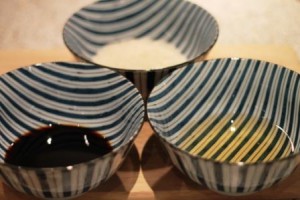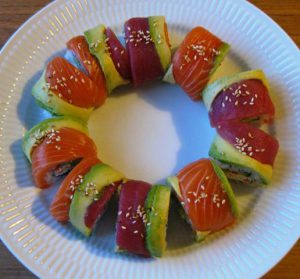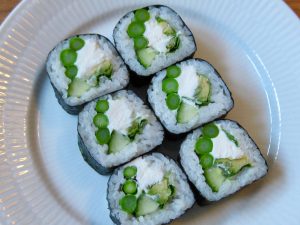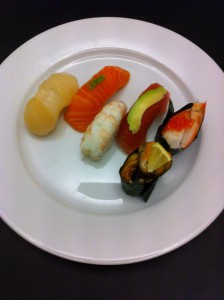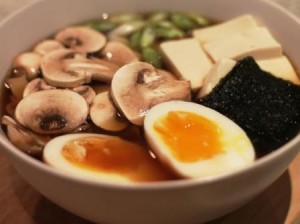 In Japan soya products such as tofu, soya sauce and miso is eaten in large amounts. It is a healthy source of protein.
In Japan soya products such as tofu, soya sauce and miso is eaten in large amounts. It is a healthy source of protein.
If you take the product tofu.The selection of tofu in Japan is very high. You can get many different types of tofu at different price ranges and qualities.
In Japan you can get several type of tofu where the consistency is very different some types are soft while others are firm. To determine which tofu buy you have think of the dish you are making since some tofu are suitable to fried on a pan.
There are more and more Japanese household who makes their own tofu. It is cheaper you also have a freshly made tofu.
_
Zoë gives lectures and has held sushi courses for A. P. Moller – Maersk, Hugo Boss Nordic, Novo Nordisk, Novartis, Velux, Gorrissen Federspiel, Beierholm revision, Elbek & Vejrup and many more.



